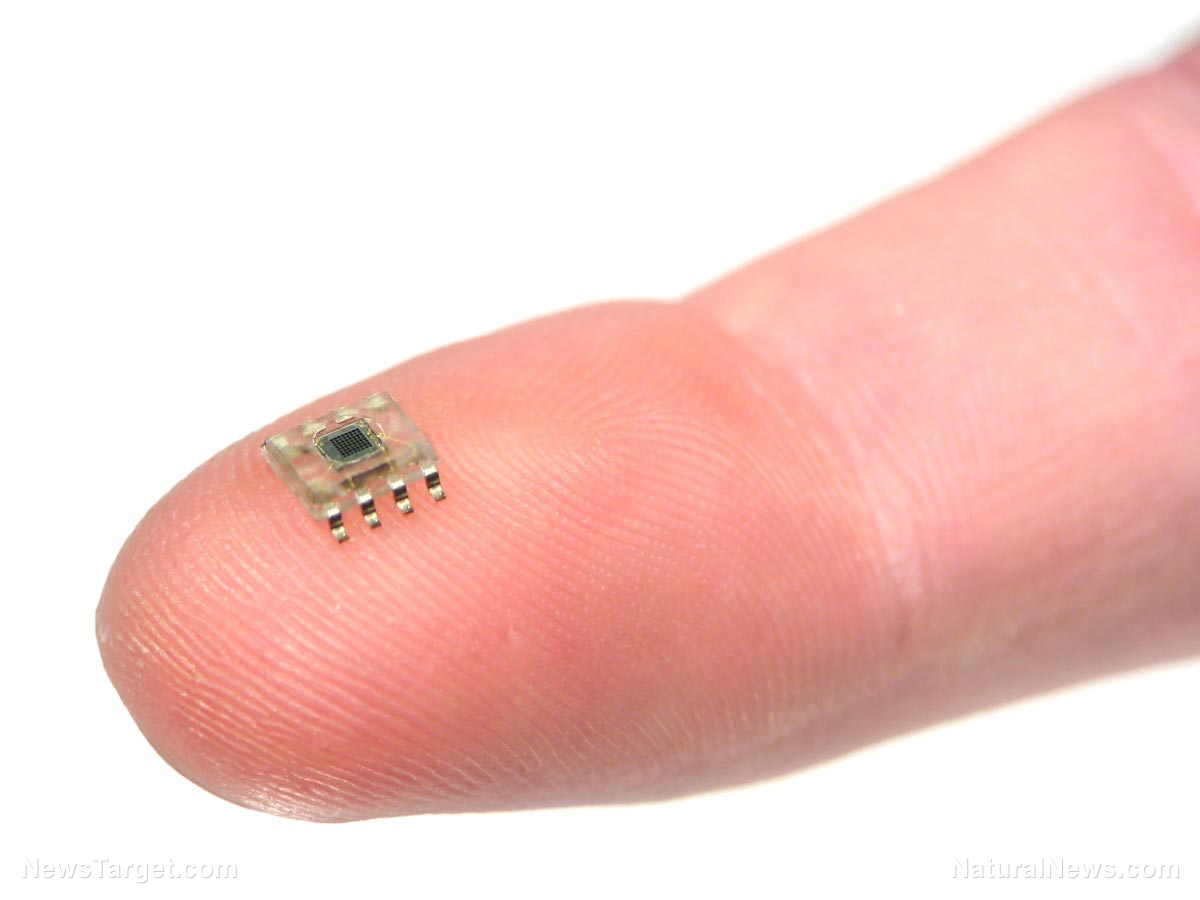
Advertisement
Nowadays, it isn’t enough to make a computer chip faster, especially if it is going to use up more electricity as well. So Canadian researchers devised an all-silicon computing device that they built on the atomic scale in order to increase both processing power and energy efficiency.
The prototype device is not just the herald of lightning-fast computing speeds that are at least 100 times faster than the processors of today. It also promises staggering savings in energy consumption.
Future computers derived from this atomic-scale silicon device will consume as little as one percent of the power used by their modern-day counterparts. That means a single powerful computer will not just be able to reduce operating costs by replacing multiple older units, it would also use up much less power on an individual basis than the computer it is replacing.
Researchers from the University of Alberta came up with this energy-efficient computing device in response to the constant demand for more computing power. They noted that the public has not given any thought that more processing power will also need more electrical energy. (Related: Researchers develop a new type of nano computer chip that uses transistors made from AIR.)
By 2035, computers will need all of the electricity produced around the world
Experts warn that the energy industry will not be able to keep up with the energy drain that accompanies the demand for more computing power. Based on current rates of electrical production and consumption, the Semiconductor Research Corporation fears that the world’s power-hungry computers will take up all of the energy produced across the world by 2035. That leaves no power for other important things like industry and transportation.

Alberta researcher Robert Wolkow desired a solution to the need for extra processing power as well as the impending energy crisis. He approached the problem with an eye toward smaller, faster, and more energy-efficient examples of technology.
“Today’s electronics have reached a point of maturation and can’t be made any better,” Wolkow warned in a press release. “We have to stop using so much electricity to run our computers, and that means we need a drastic change in the kind of computers we use.”
After pointing out that the computers of the 2010s are not much faster than the models from the 2000s, he presented ways by which computer companies can reduce the electricity used by a computer chip without sacrificing performance. Wolkow believed that implementing these changes now will help ensure that the computers of 2035 will not take up the global supply of electricity.
This tiny new computer chip uses silicon atoms for binary computing
Wolkow and his research team developed what they call “binary atomic silicon logic” technology. The device is a typical binary computer that is compatible with current programs. However, it was designed and built on the atomic scale, so it uses silicon atoms to perform processing tasks.
The new binary atomic silicon computer is much smaller than conventional counterparts. However, it can match or exceed bigger computers by maximizing the use of the atoms that comprise it.
Furthermore, the atomic-scale device is completely made out of silicon. That makes it easy to adapt to the conventional complementary metal-oxide-semiconductor (CMOS) technology, which uses silicon to make electronics.
“The atom-scale devices we are developing create a new basis for computer electronics that will be able to run at least 100 times faster or operate at the same speed as today but using 100 times less energy,” Wolkow summarized. “We have plotted a path to sustainable, responsible economic growth and green technology that’s good for everyone.”
Sources include:
Submit a correction >>
This article may contain statements that reflect the opinion of the author
Advertisement
Advertisements
















